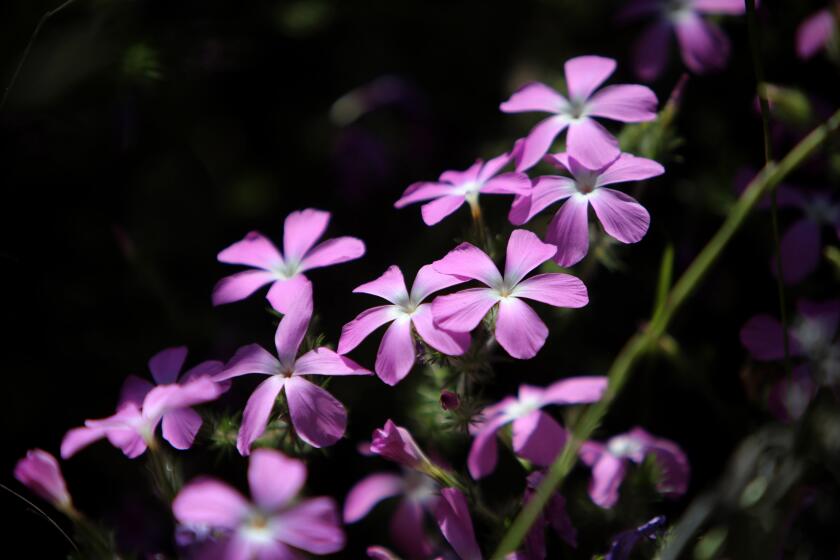JUNE GARDENING FUN : JUNE GARDENING SPECIFICS . . .
As with many of life’s undertakings, timing is important when gardening. Here’s a list of tips designed to make your June bloom:
It’s a good time to buy tuberous begonia plants in flower if you didn’t start young tubers in February. While tuberous begonias do best along the coast, ‘nonstop,’ a tuberous begonia that produces smaller but many more flowers, will do a little better in warmer areas.
This is also a good time to plant summer annuals such as petunias, zinnias and marigolds. Fuchsias are available in many colors, including such delights as pink marshmallow , a large double pink; Miss California, a delicate single pink and white; orange drops, a single light orange, and time-honored favorite swingtime, a beautiful red with a double blossom.
When grooming your garden plants, take time to pinch out the tips of very leggy fiberous begonias and fuchsias. This will encourage branching, a much fuller look and more flowers.
Our longest day length comes in June, so make sure you are providing an adequate amount of water and a regular supply of nutrients by feeding your plants a balanced fertilizer such as a 10-10-5 every two weeks.
Source: Sherman Library and Gardens
. . . AND GENERAL CARE TIPS
Watering your lawn: Water your lawn deeply each time you water it. This encourages good root growth rather than shallow growth because their only source of water is the top two inches of soil.
If the water just seems to run off the lawn, check to see if it has become compacted and needs to aerated. Aeration allows the grass roots more room to breathe and enables more water and fertilizer to penetrate into the soil.
Fertilizing your lawn: Speaking of fertilizer, you’ll help your lawn by starting a monthly program of light feedings. You can also allow your lawn to reach a height of three to four inches because longer grass blades use water more efficiently and can go longer between waterings.
Decorate your vegetable garden with marigold plantings seems to help keep snails away because of the musky smell of the foliage.
Water tomatoes deeply, give them at least eight hours of sunlight a day and a balanced fertilizer.
Wood or clay containers can be lined with plastic to reduce water loss during warm months. Just be sure to cut a hole in the bottom to allow drainage.
If you’re partial to Mexican food, plant some tomatillos in your garden now; they’re a basic ingredient in salsa verde.
Source: California Association of Nurserymen



